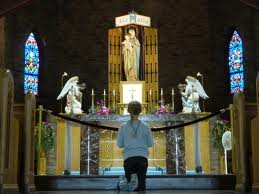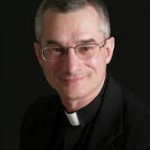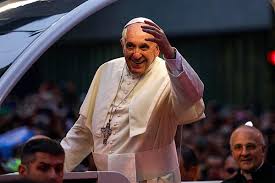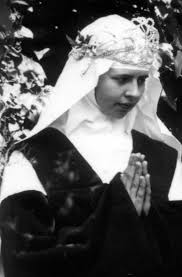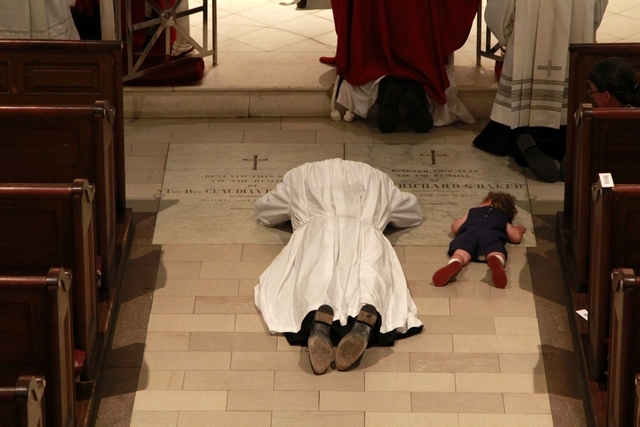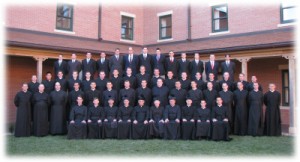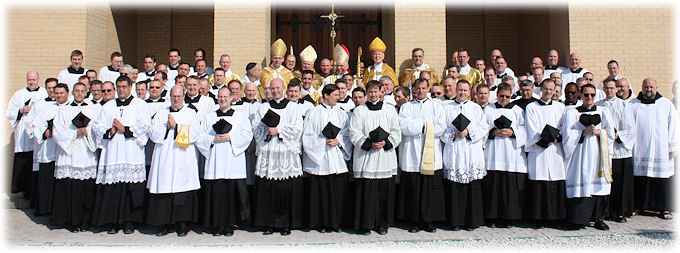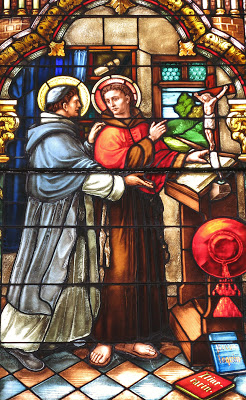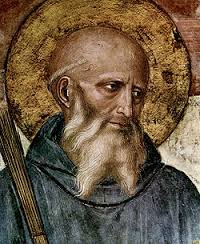 Sr. Jeanette Marie, the Vocation Directress for the Mercedarian Sisters of the Blessed Sacrament, was heartened as she said to hear the Holy Father, Pope Francis, describe one of the things that prevents young people from entering religious life. The issue is Commitment!
Sr. Jeanette Marie, the Vocation Directress for the Mercedarian Sisters of the Blessed Sacrament, was heartened as she said to hear the Holy Father, Pope Francis, describe one of the things that prevents young people from entering religious life. The issue is Commitment!
As everyone knows, the popularity of marriage is in a steep decline. People live together and then move on. It used to be said that “I am living with him/her to see if marriage is in the cards” which it usually wasn’t. Now it is: “I am living with him/her until the next him/her comes along.”
This problem casts its long shadow on religious life and vocational discernment. A religious vocation is to eternity. Sr Jeanette wrote that we live in a culture that fails to see the good of making a lifetime commitment; a culture that says, “I will choose this vocation provided that everything goes OK.”
In his talk, Pope Francis said, “To become priests [or] Religious – is not primarily our choice. I don’t trust the seminarian, the novice who says: ‘I have chosen this path.’ I don’t like this. It’s not right! But it is the response to a call and to a call of love. I hear something within me, which makes me restless, and I answer yes. The Lord makes us feel this love in prayer, but also through so many signs that we can read in our life, so many persons that He puts on our path.”
Sr. Jeanette believes that there are three things you can do to come to a decision about religious life:
- learn about religious life and celibacy
- pray about your vocation, seeking the guidance of your parents and spiritual advisors
- plan to arrive at a firm commitment towards your calling – before it’s too late!
The Mercedarian sisters will have a discernment retreat for young women October 11-13, 2013, in Baton Rouge, LA. Now is the time to test your commitment to follow the Lord in faith!
